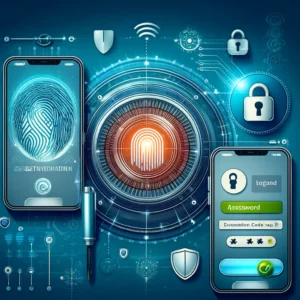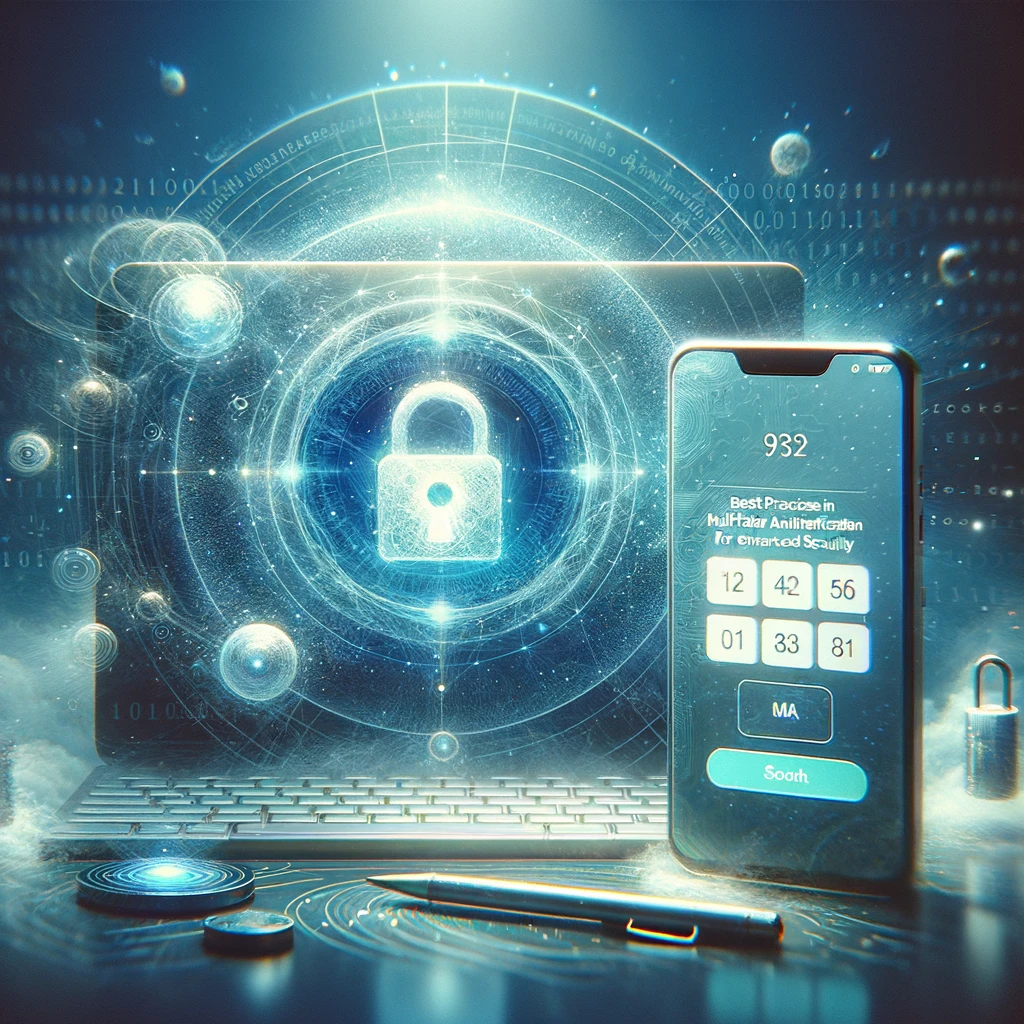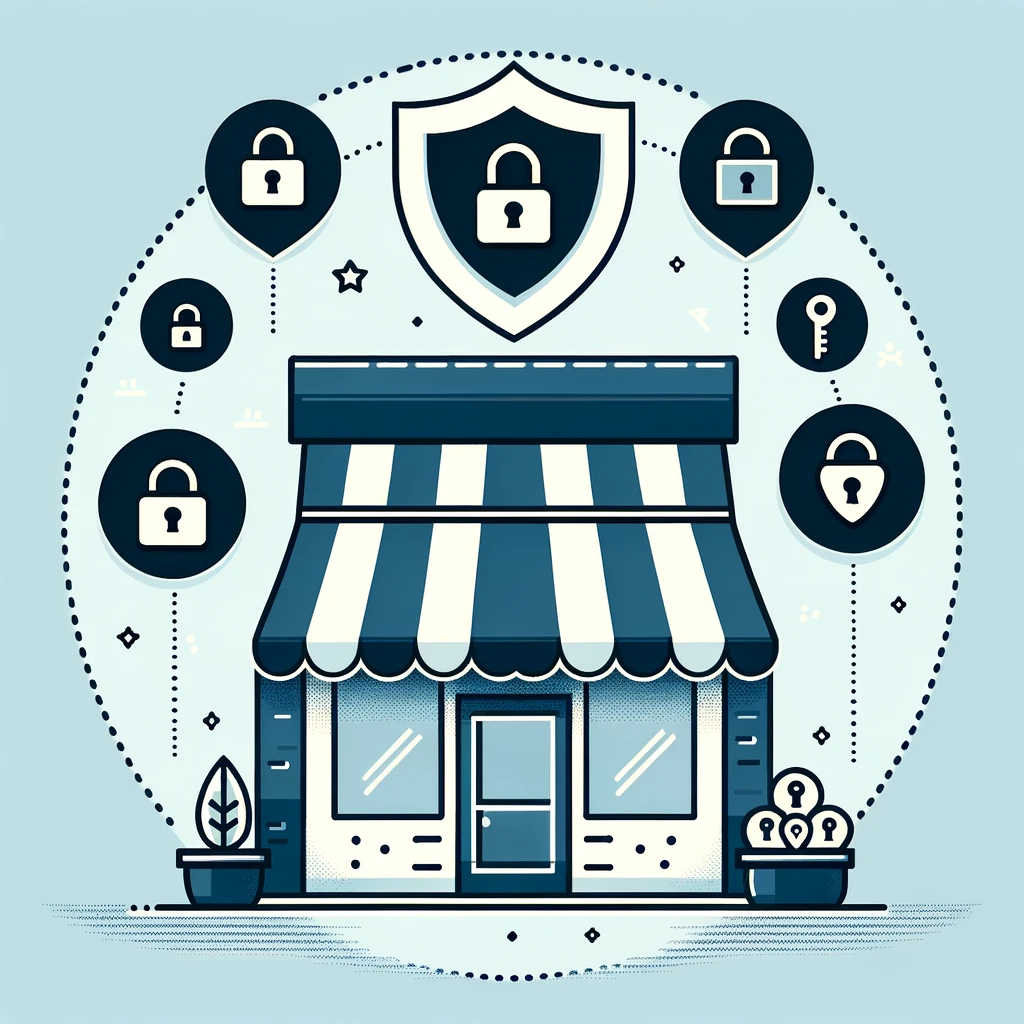I hear it often: Multi-Factor Authentication, or MFA, sounds complicated. The truth? It’s a straightforward security step that’s become almost second nature for many. In this section, we’ll uncover how MFA is not the tech puzzle some make it out to be but rather a user-friendly addition to our digital safety. Let’s see how MFA Myths can be debunked.
Let’s get down to brass tacks. MFA adds a layer of security by requiring multiple credentials to verify a user’s identity. This could be something you know (like a password), something you have (like a phone), or something you are (like a fingerprint). It’s akin to double-locking your front door—simple but effective.
Everyday apps incorporate MFA in ways that mesh with our routines. Take online banking or email services; logging in might require a password and a code sent to your mobile device. It’s a quick, one-two step process, and many platforms provide clear guidance to ease users into this practice.

The beauty of MFA lies in its adaptability. Tech magnates and burgeoning startups alike are now baking MFA into their products, ensuring users get robust security that doesn’t feel like a hurdle. What’s more, we’ve got examples aplenty of MFA’s smooth incorporation without disrupting the user experience. Think of when you’re prompted for a fingerprint scan on your smartphone after entering a passcode—an action that’s become almost reflexive.
Key Takeaways
- MFA adds an extra layer of security by requiring multiple forms of verification.
- It’s user-friendly and integrates smoothly into daily routines.
- No security measure is flawless, but MFA significantly reduces the risk of breaches.
- MFA is becoming more inclusive, adaptable for various user needs.
As we transition into examining the vulnerabilities associated with MFA, remember that no security measure is flawless. The simplicity of MFA is not to be mistaken for invincibility. Up next, we’ll explore how, despite its strengths, MFA needs to be part of a larger security awareness strategy to be genuinely effective.
The Misconception of Infallibility: Exploring Multi-Factor Authentication Vulnerabilities
Now, I’ve heard the tales of Multi-Factor Authentication (MFA) being an impenetrable fortress. But, there’s a crucial conversation we need to have about the reality behind those claims. While MFA adds a substantial layer of security, it’s not without its weak spots.
MFA indeed puts a significant hurdle in the path of would-be attackers, but let’s clear the air – no security measure is invincible. For instance, sophisticated phishing attacks can still trick users into handing over their MFA codes. Likewise, there’s a technique known as ‘man-in-the-middle’ where a perpetrator can intercept communication between the user and the service to capture MFA data.
This isn’t a scare tactic, but a call for mindfulness. Even with MFA, it’s essential to stay updated on security practices, like recognizing phishing attempts and using secure connections. Think of MFA as one part of an overall security strategy, rather than the whole.
Now, here’s some ADVICE. Don’t let this deter you from using MFA; instead, let it be a reminder to remain proactive. Strengthen your MFA with additional measures where possible – think biometrics or hardware tokens. And always, keep an eye out for security updates from your MFA providers.
Multi-Factor Authentication Accessibility: Inclusive or Exclusive?
Some worry that adding steps to the login process makes technology less accessible. This is a valid concern, especially for people who may not be tech-savvy or for those with disabilities. However, the truth is that multi-factor authentication (MFA) is becoming more inclusive than many initially thought.
Recent advances have made MFA methods highly adaptable to a variety of users’ needs. For example, biometrics can serve those who struggle with remembering passwords, and hardware tokens can be a boon for users wary of sharing their personal numbers. Voice recognition or location-based factors offer flexibility and ease for a diverse user base.
Technology developers are prioritizing accessibility in their MFA designs. Making MFA features more intuitive and providing alternatives for different abilities is top of mind in today’s security solutions. Companies recognize that accessibility drives usage, and they’re acting on this understanding to expand MFA adoption.
The real-life impacts are significant. When MFA is thoughtfully implemented, it brings a new level of security to users who might otherwise be excluded. This inclusive approach fosters broader acceptance and integration of MFA across various demographics, enhancing overall cybersecurity.
The narrative that MFA is only for the ‘technologically advanced’ is rapidly dissipating as inclusivity takes center stage. This segues into another area of importance: evaluating the costs and benefits of adopting MFA, which is not only about money but also about the added value of security and inclusion.
The Cost-Benefit Analysis of Multi-Factor Authentication Adoption
It’s clear that multi-factor authentication (MFA) offers a significant upgrade to security compared to traditional username and password setups. However, some may hesitate, thinking that MFA systems are costly and primarily suited for larger corporations. I’d like to clear up this misconception.
Contrary to what some might believe, the adoption of MFA presents a prudent investment for businesses and individuals alike. The question shouldn’t be if you can afford to implement MFA, but rather if you can afford not to.
Let’s examine the potential costs associated with data breaches. They’re not just financial; they include legal repercussions, loss of customer trust, and potential damage to your brand’s reputation. On the other hand, many MFA solutions are available at various price points, making it an accessible choice for protecting sensitive data.
For personal use, there are many free MFA apps available that offer robust security features. Businesses, small and large, can look into scalable MFA solutions that match their size and budget.
Several case studies showcase the return on investment for MFA. Companies have not only prevented costly breaches but have also used their robust security measures as a competitive edge in the market, thus attracting more clientele.
While adopting MFA, always keep in mind that no security system is impenetrable. It should be part of a layered defense strategy, including employee training, regular software updates, and a solid incident response plan.
In conclusion, the actual cost of MFA is minimal when juxtaposed with the potential risks and losses of not having it. With the variety of solutions available today, MFA should be a baseline standard for anyone serious about protecting their digital assets.
Questions? We Have Answers.
Get answers to a list of the most Frequently Asked Questions.

Experienced cybersecurity analyst, software engineer, patent attorney, worked with Linux, Windows, AWS, lots of security tools. Hope to help people do the right things and do the things right!


